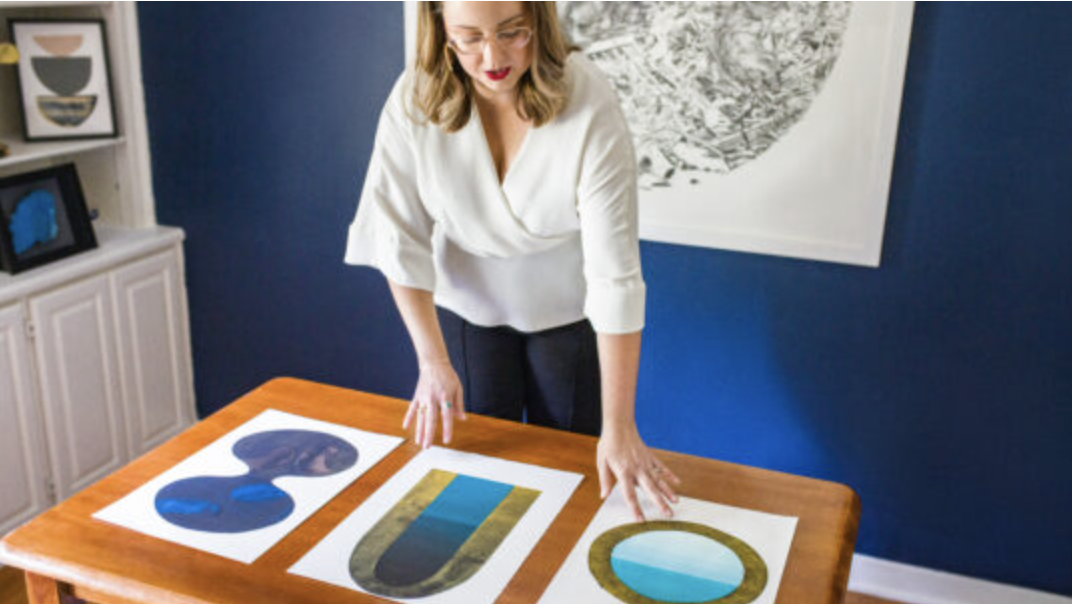Building an Art Collection
This weekend, the Austin Studio Tour kicks off its three-weekend celebration of local artists. With more than 530 artists featured, the tour combines the former East and West Austin Studio Tours into one citywide event, inviting collectors to see new work and meet the artists. This is the first in a series of articles about collecting art, and we ask collectors, advisors, arts organizations and artists about what drives the passion behind collecting, how to build a collection, and the unique opportunities Austin offers its collectors.
Building an art collection is an act of passion and focus. From the selection of works, to their installation and care, collectors are often trying to balance their enthusiasm for the work with a larger idea about what their collection will look like in their homes, over years. From meeting an artist or visiting a gallery, most collections begin with a series of conversations.
At SKM Art Advising, founder Susannah Morgan describes her collaboration with a client as a kind of unfolding discovery process. “We work in stages,” she says. “We ask, what is your purpose in collecting? Do you want to focus on a particular group of artists or a style of work?” Finding that focus is important, she says, because it helps to clarify not only the mission of the collector, but also where the collection might go in the future, and how it will be preserved and shown.
Indeed, the conversations between collectors, artists, and advisors are where the energy and enthusiasm begin to cohere into a clear plan. At Ellis Force Art Partners—an art advisory company founded by Erin Ellis and Kristen Boswell—that initial conversation looks for the purpose behind someone’s passion. “There’s a variety of ways that people can approach collecting,” Ellis and Boswell say. “Some people look at it as an extension of interior design, and they want things that fit their existing home and style. And some people really want to tell a story and have their artwork form narratives that they can see in their collection.”
Morgan recognizes that collecting work starts with the passion of finding something new and unexpected. Many collectors, she observes, are inspired by travel, and they tell her stories of wandering the streets of Paris or Buenos Aires and meeting an artist by surprise. “Sometimes people tell me, ‘I just bought it on the street,’ and as we continue talking, the story of talking to the artist, walking around, experiencing the city, that comes out.” The object, then, holds the memory of that encounter and the collector’s relationship to the artist.
Ann Flemings, a board member at Big Medium, describes the Austin Studio Tour as a way to survey what so many artists are making, all at once. “As a collector, it gives an up close and personal experience of the artist’s working space and process,” she says. “That’s invaluable as you continue to hone your own personal collection aesthetic.”
With so many options, how can a new collector find their focus? Ellis says, “When you’re going to visit a local artist and you’re trying to decipher how their work fits into your collecting focus, one thing you can do is take a look if they’re working across different media, and maybe try collecting something from each medium they’re working in. Or look at studies that they’ve done – dive into all of it.”
Morgan reminds us that collections grow and change throughout their lifetimes. “As people, we evolve,” she says. “Make sure that your collection evolves with you, leaving room for evolution and discovery. Being open to following those new directions is so important.”

